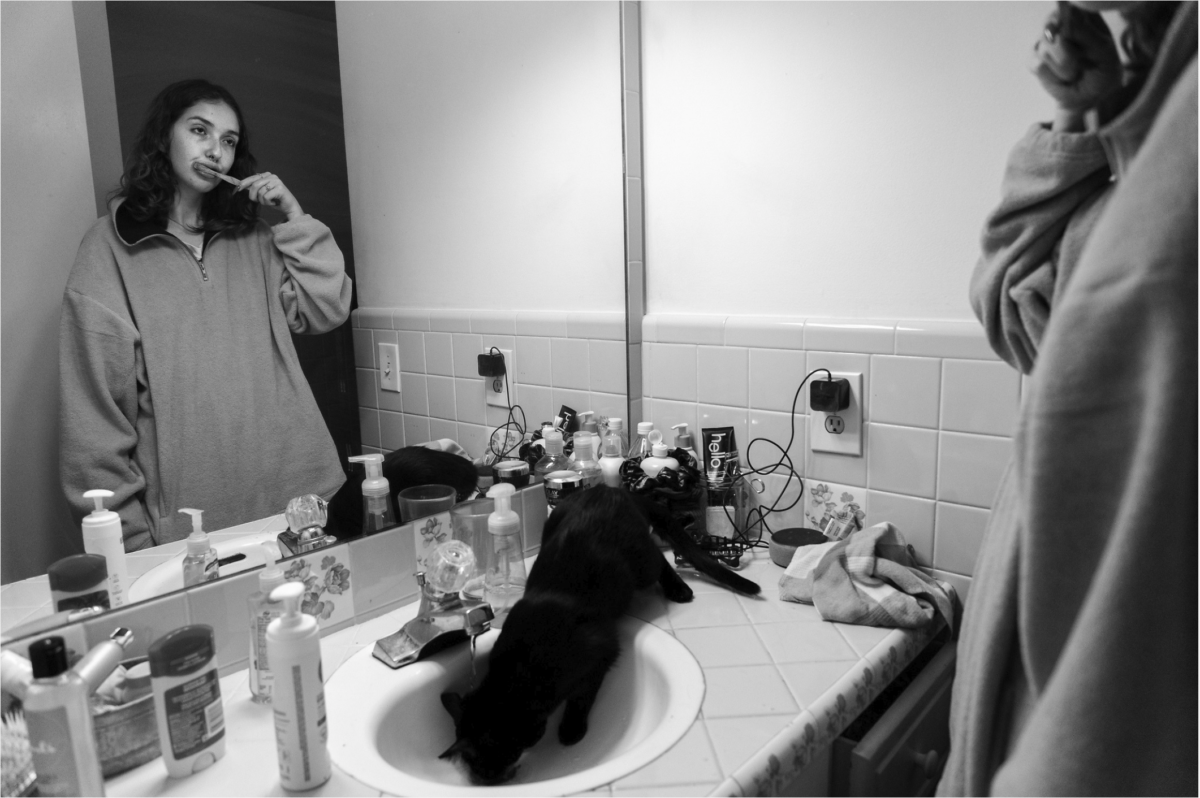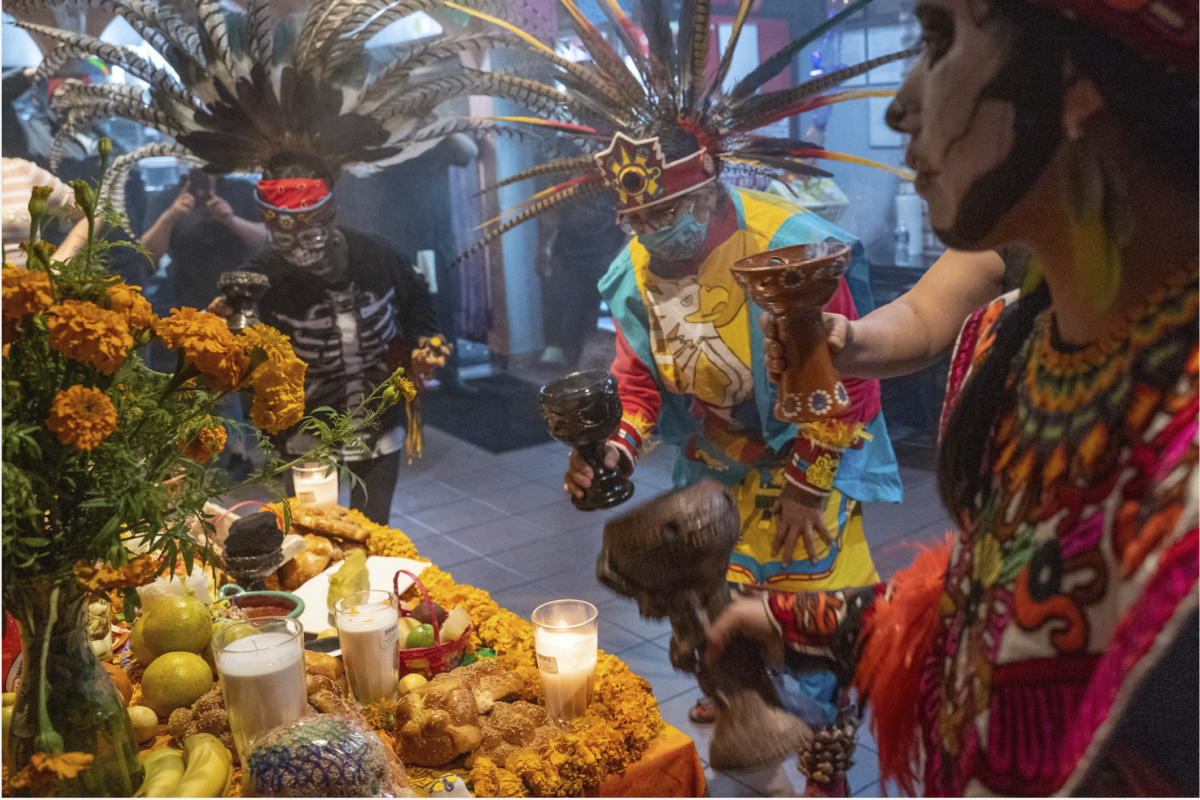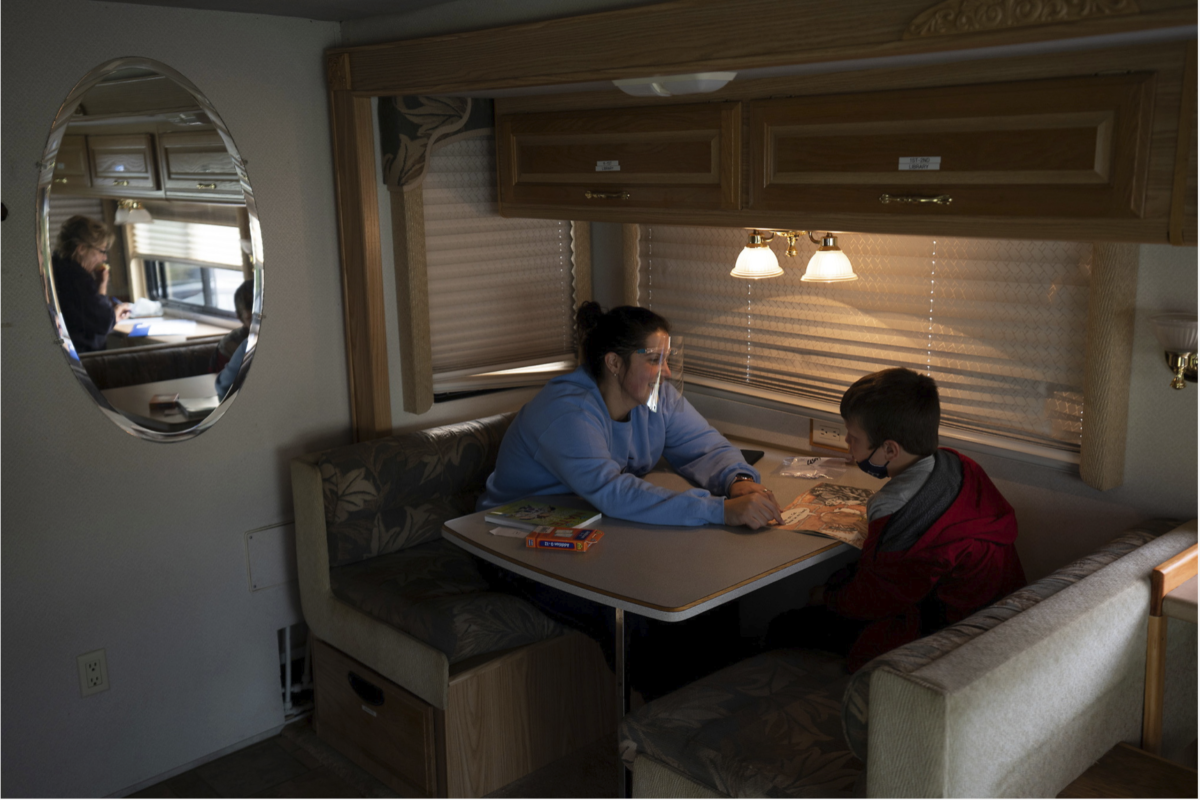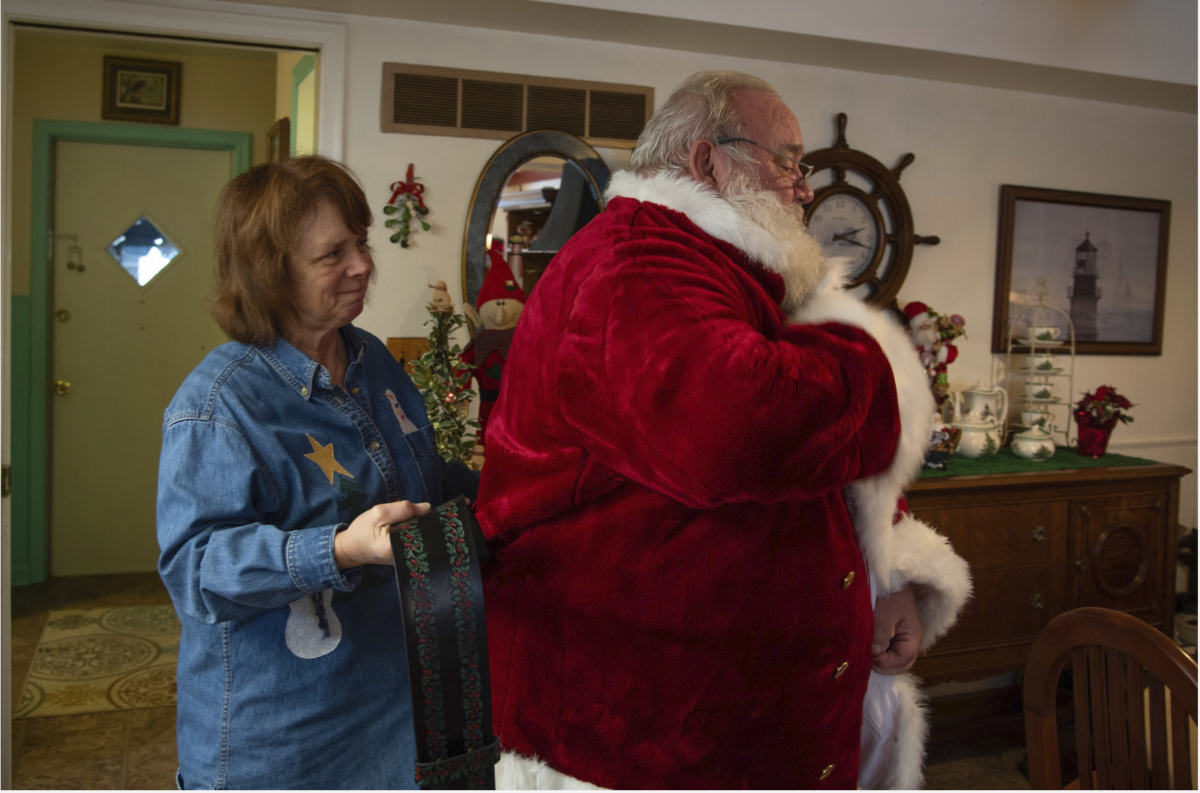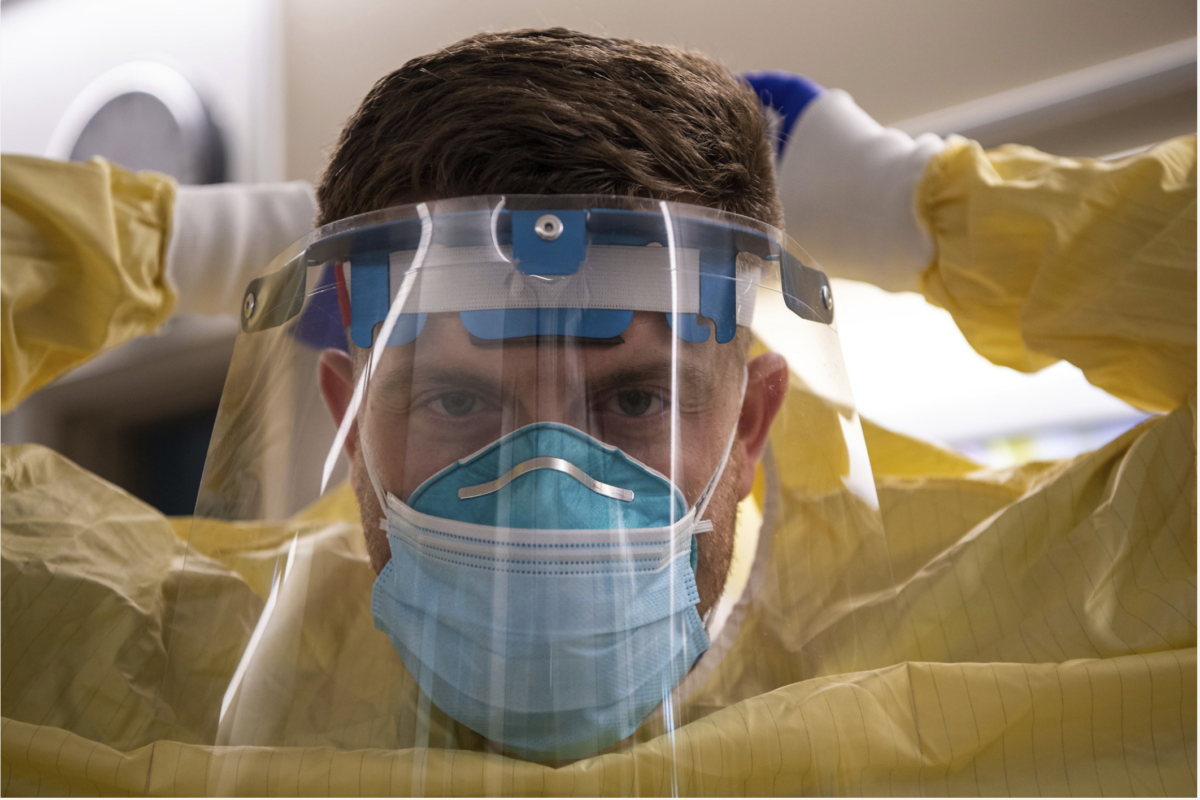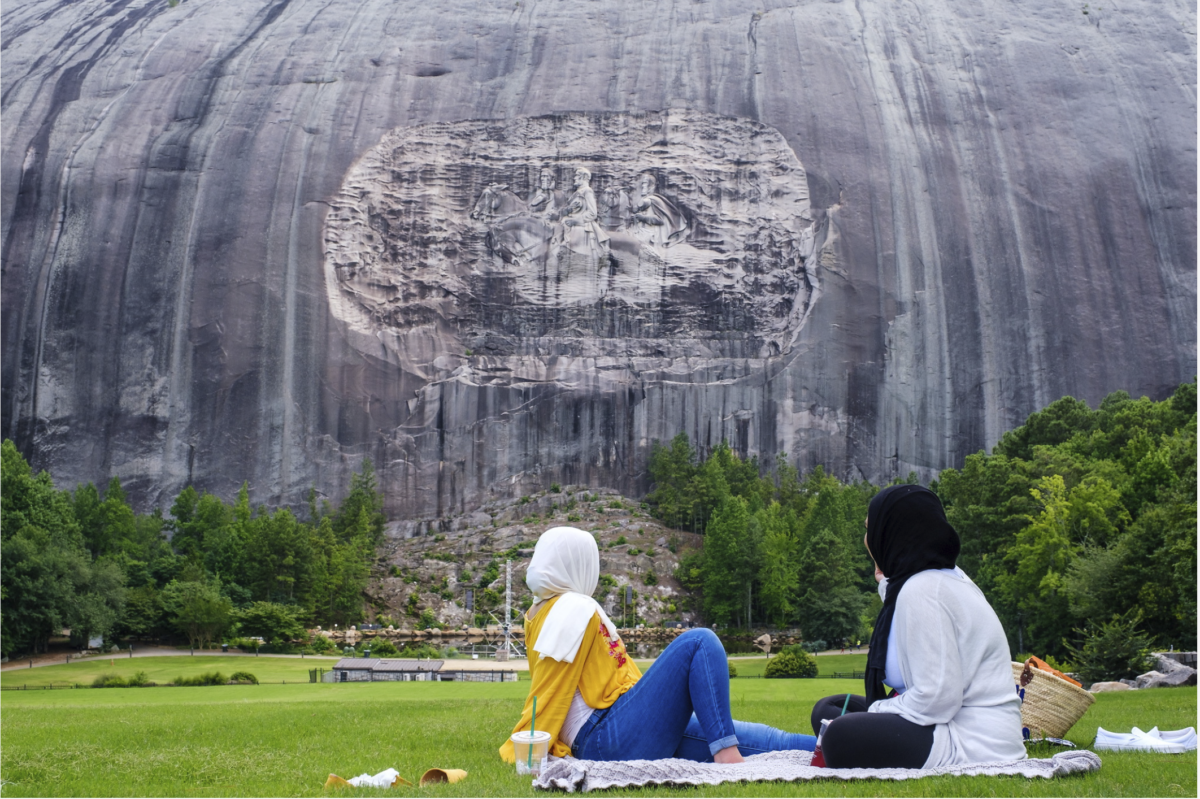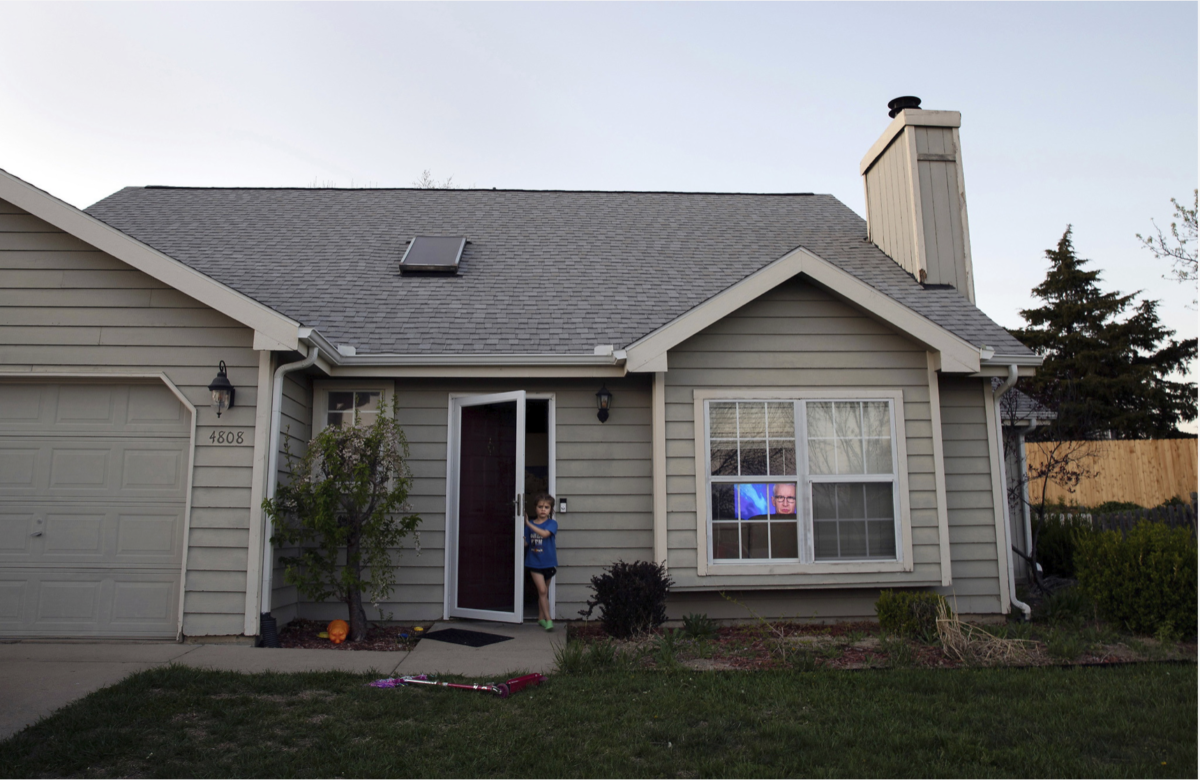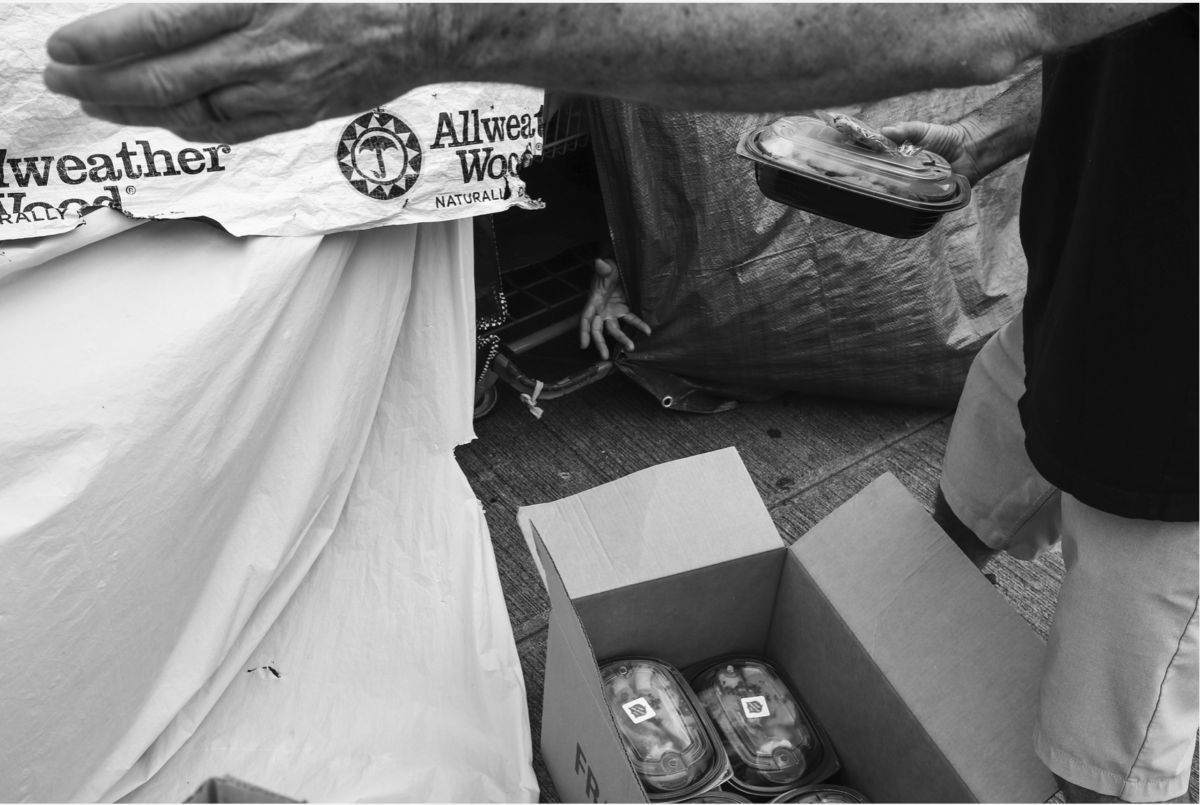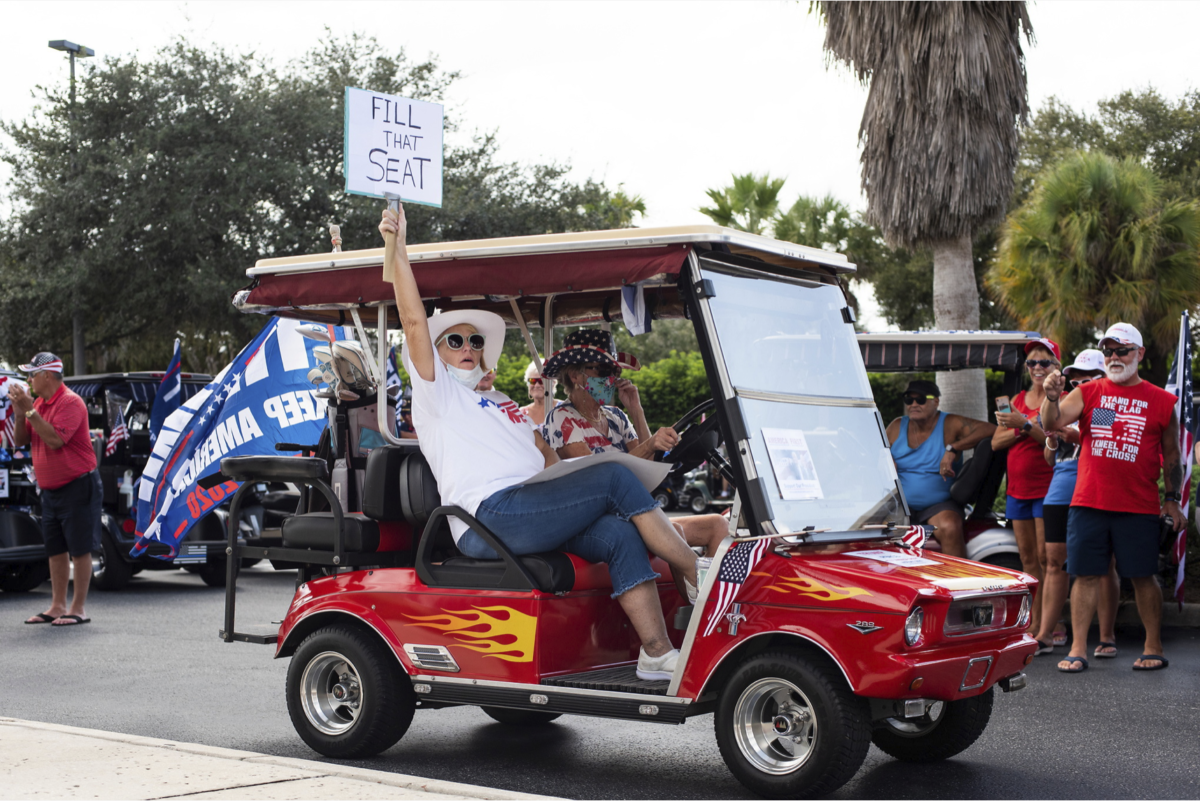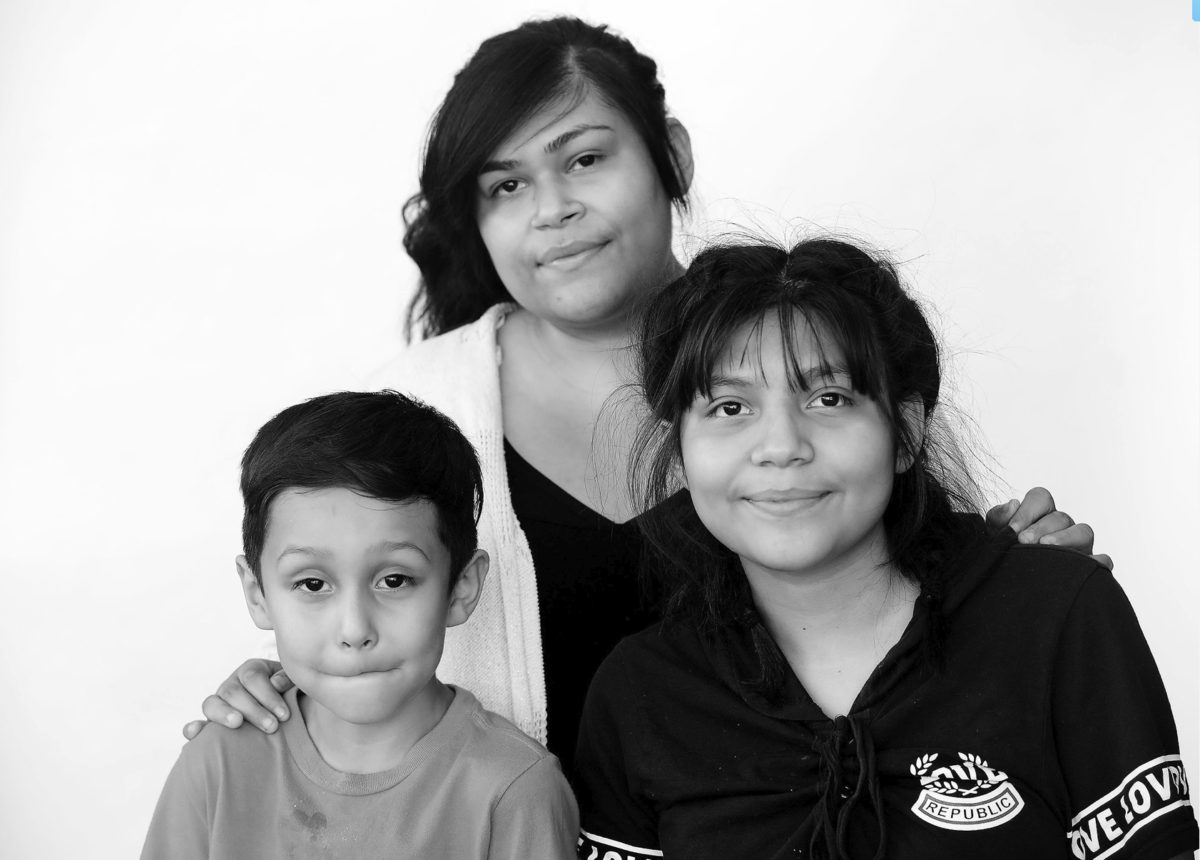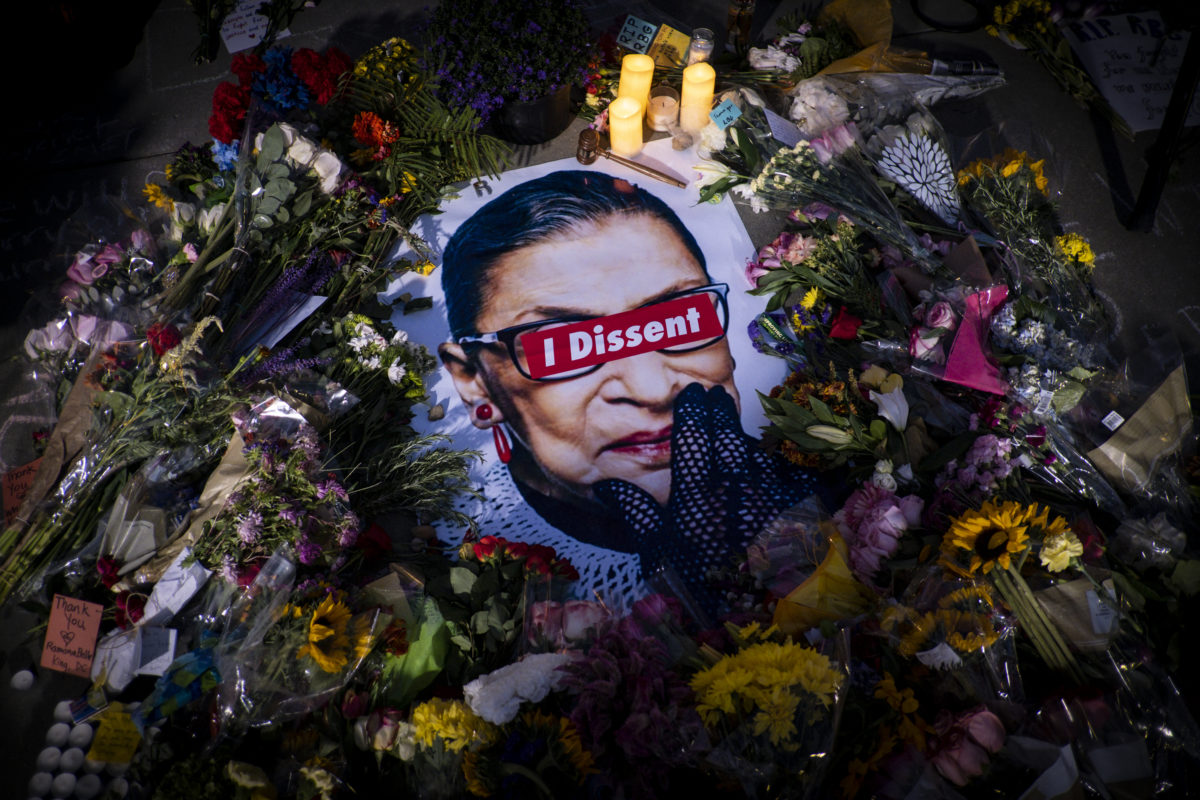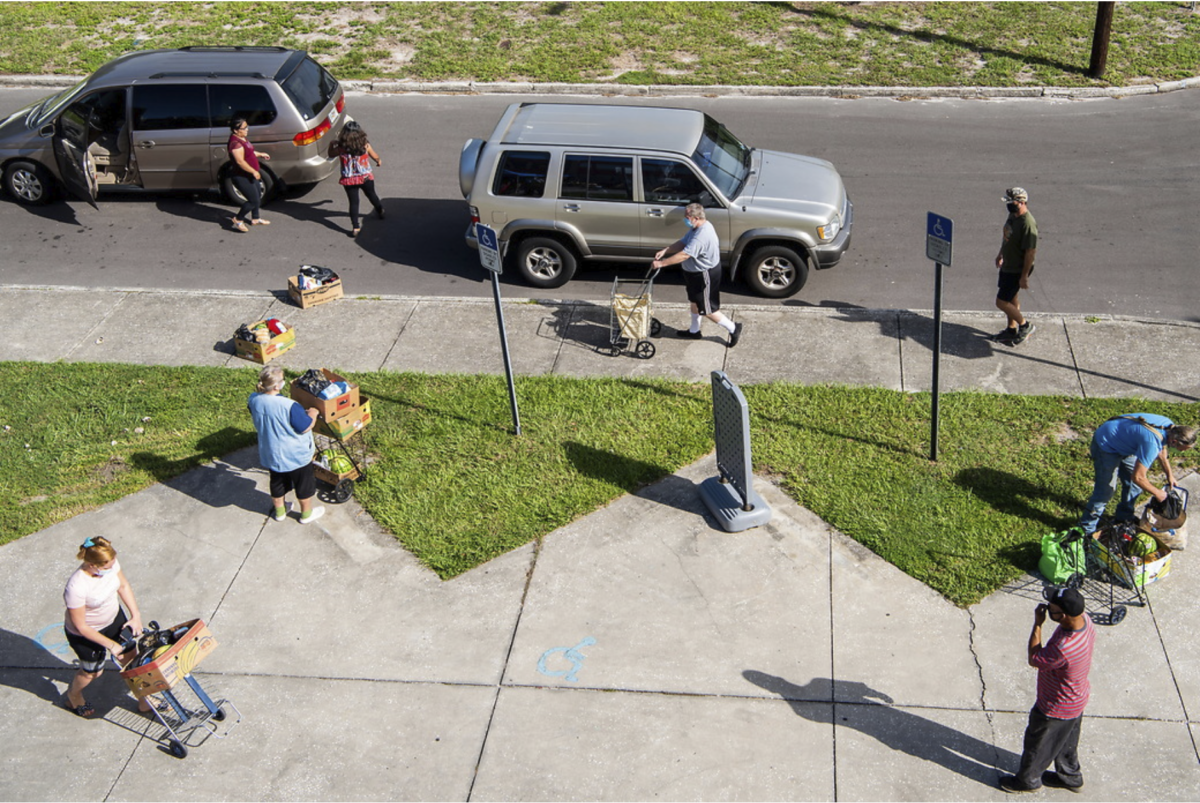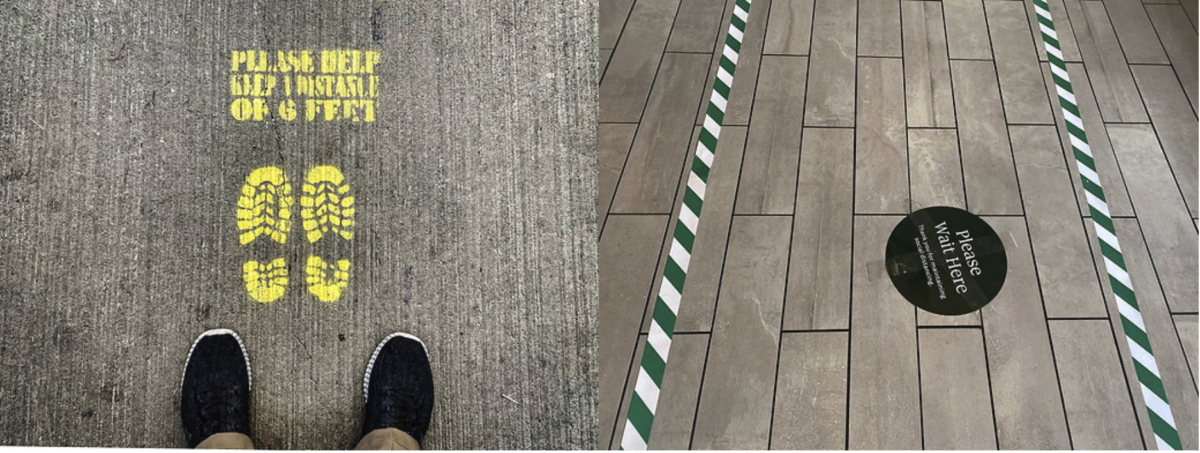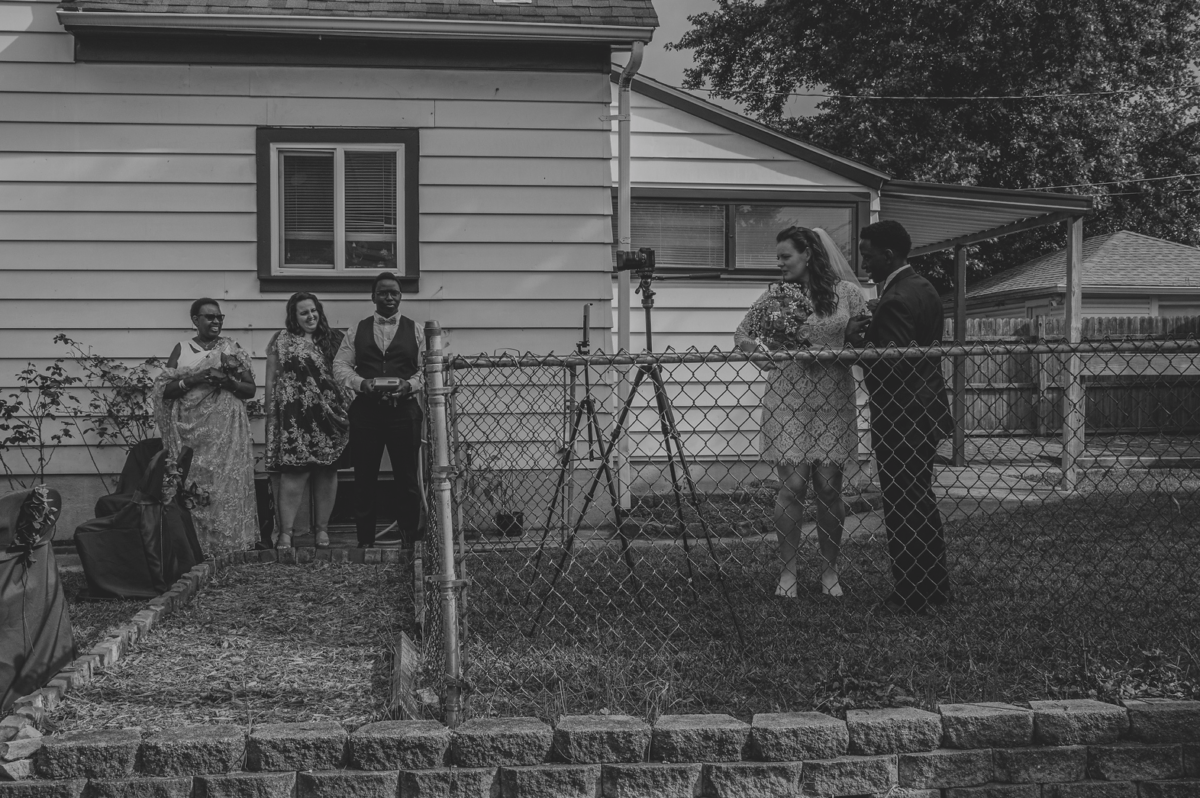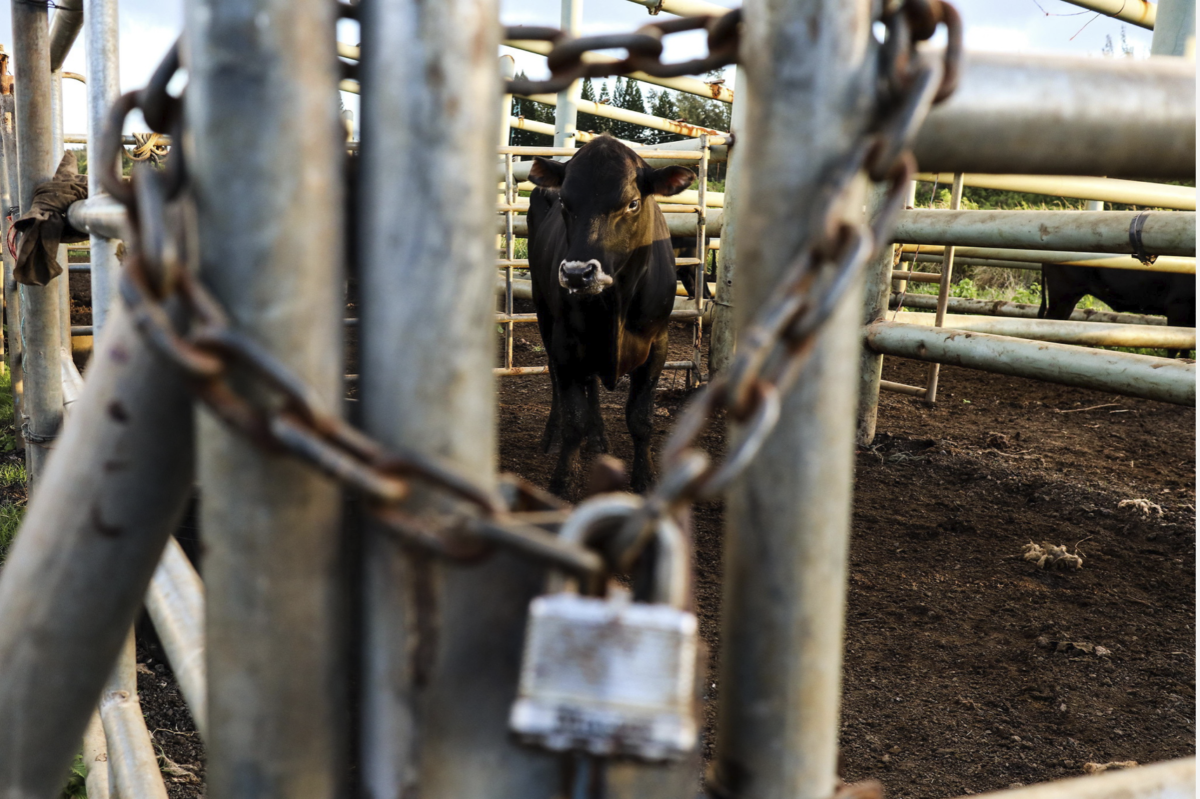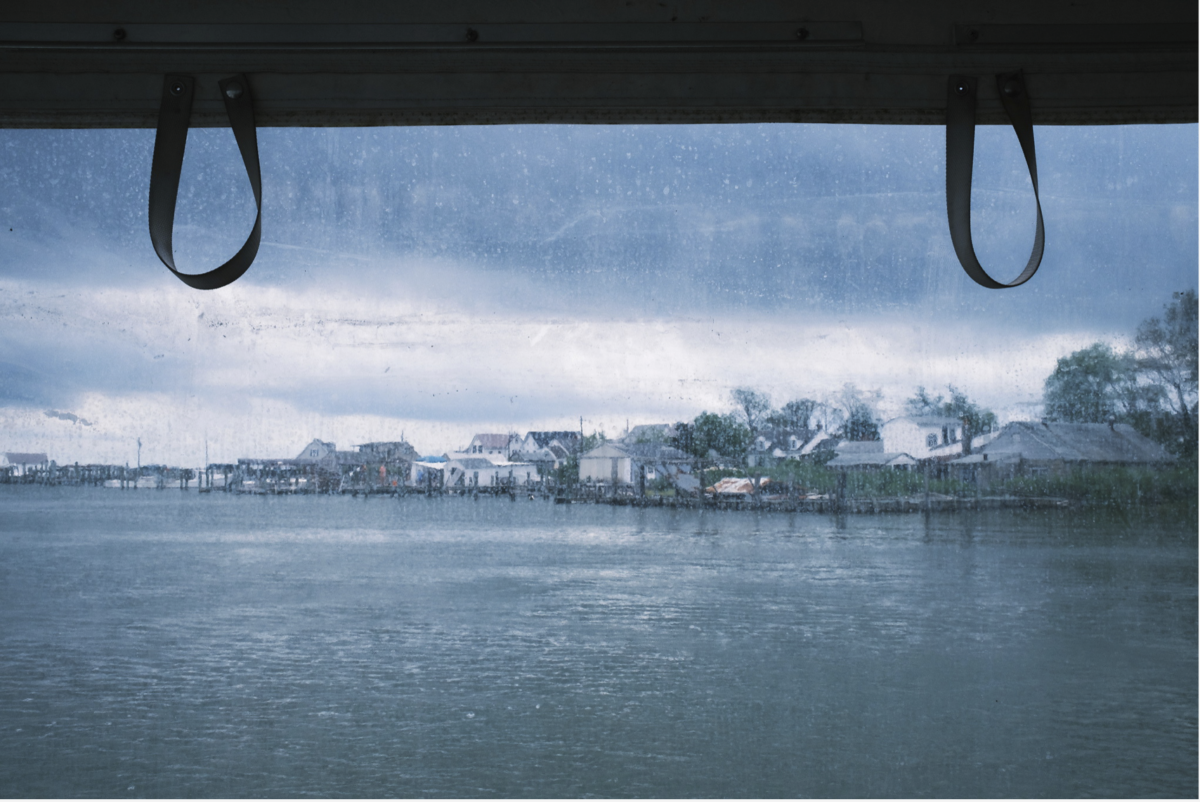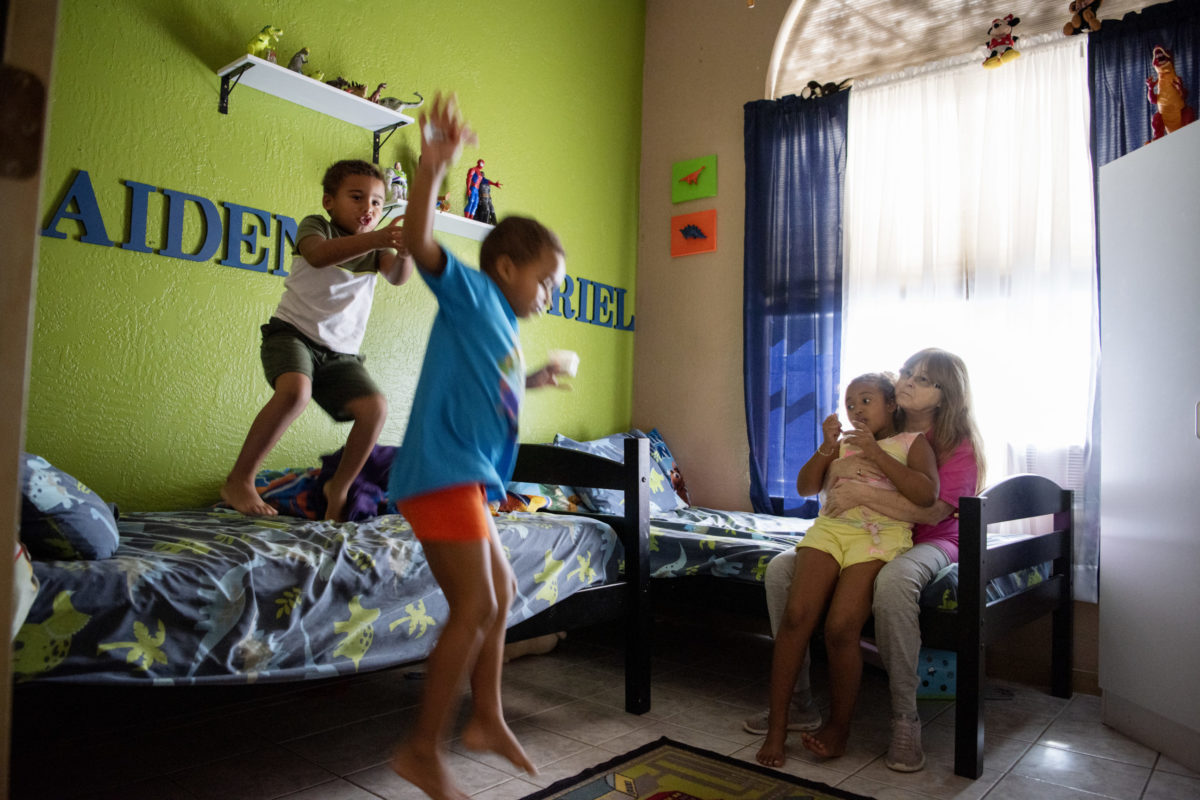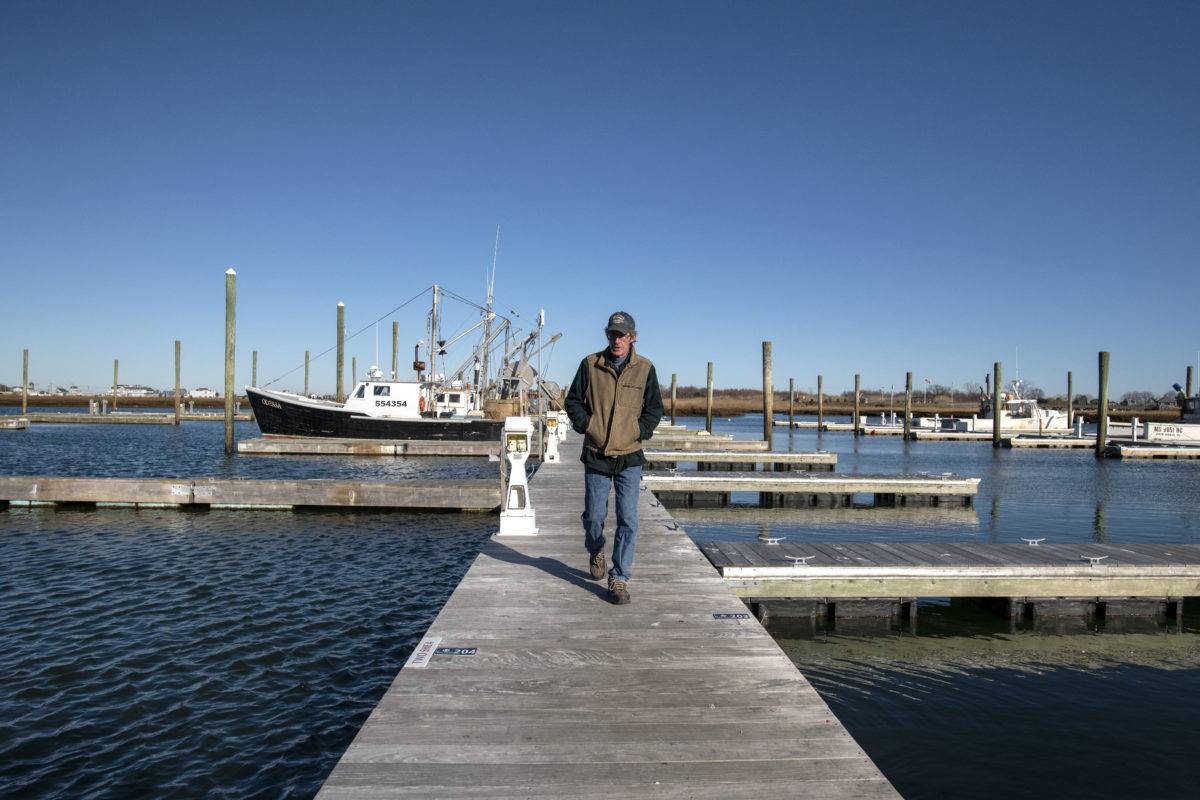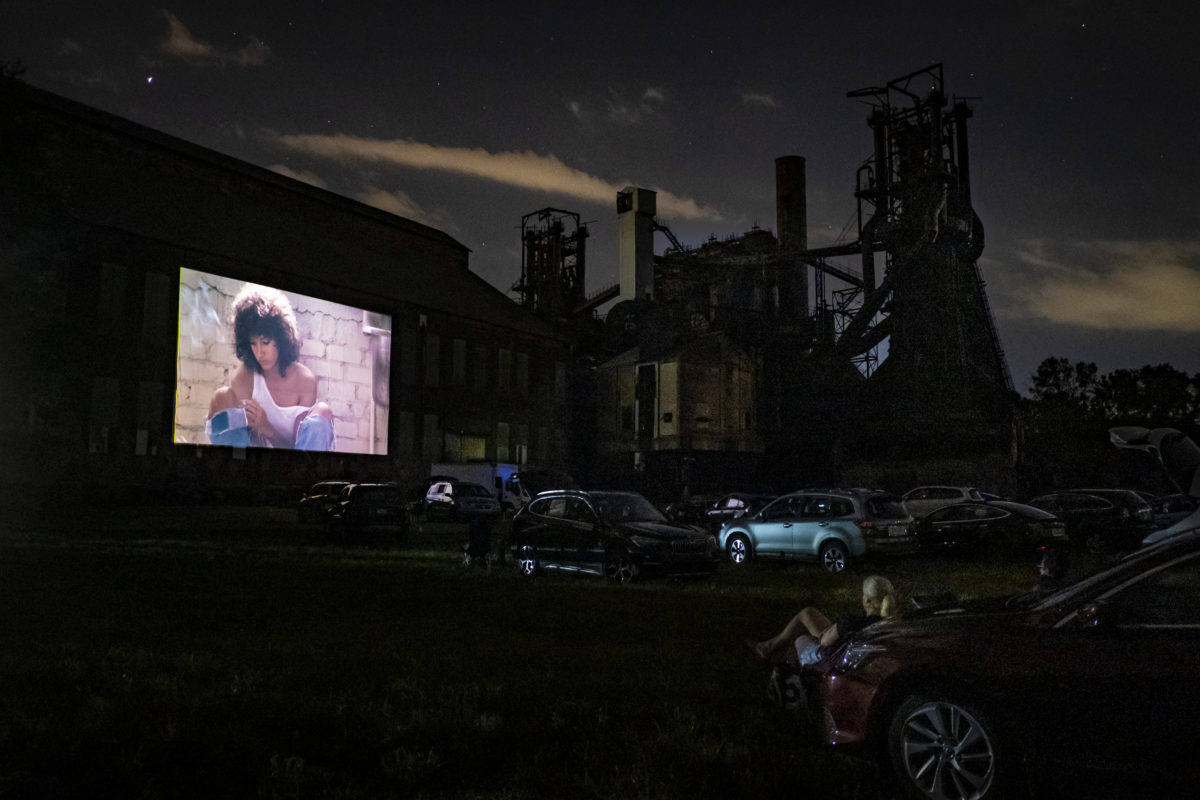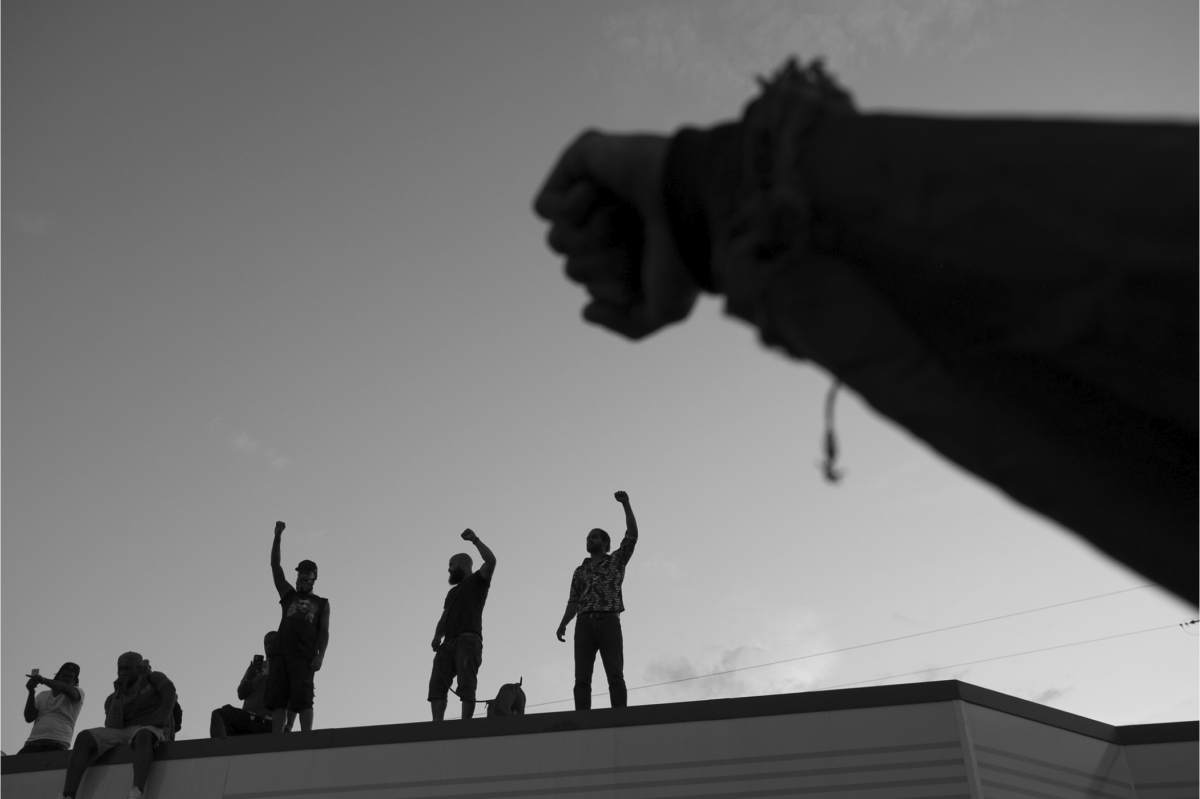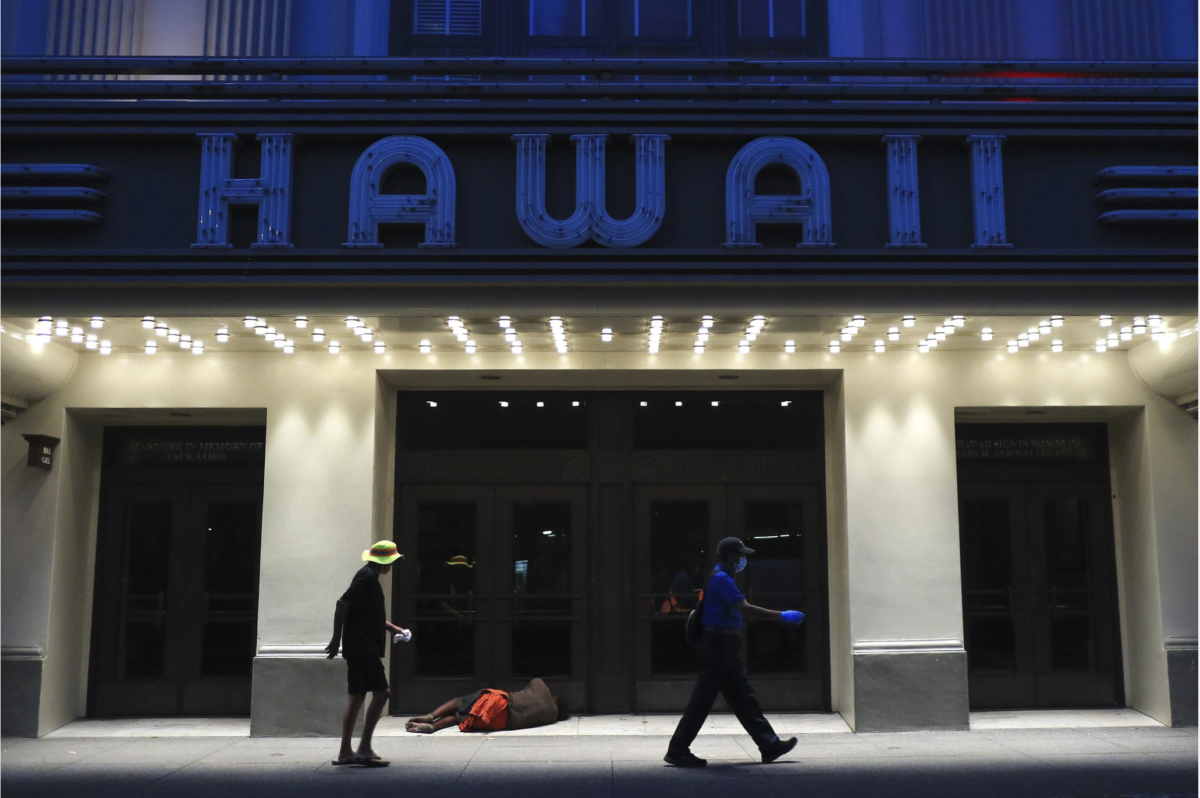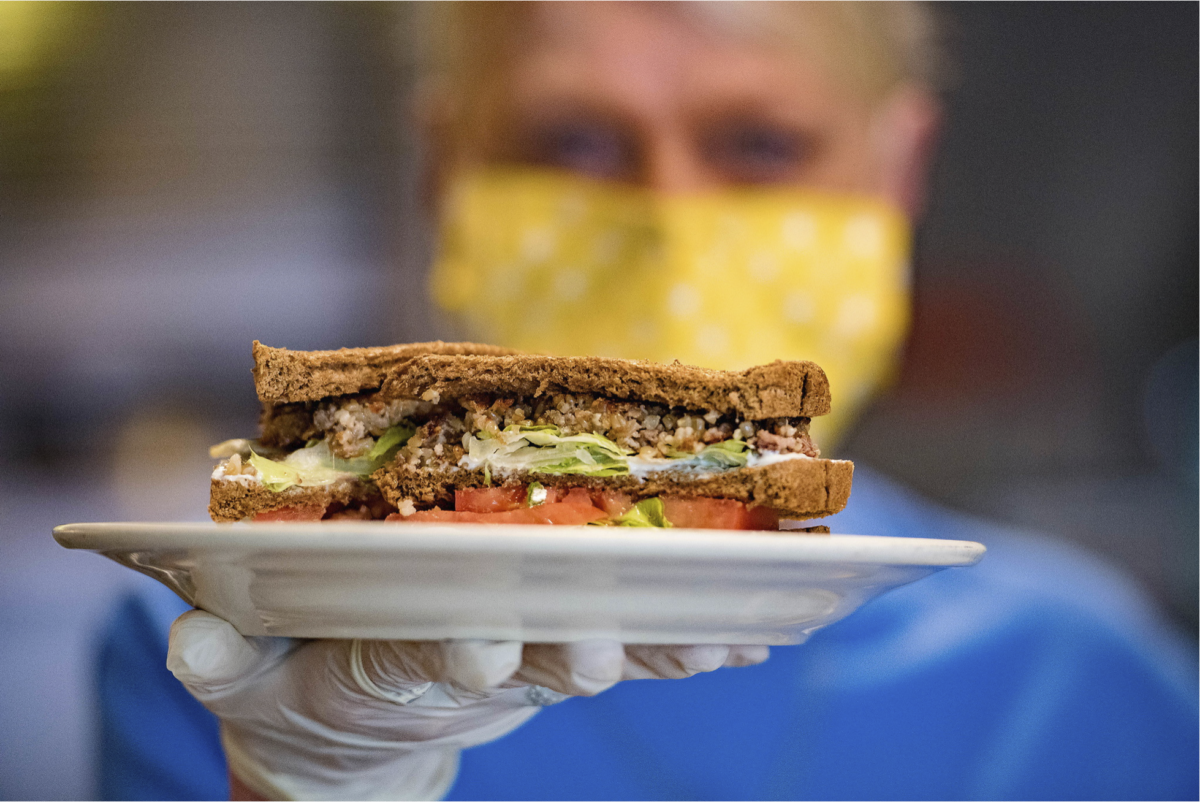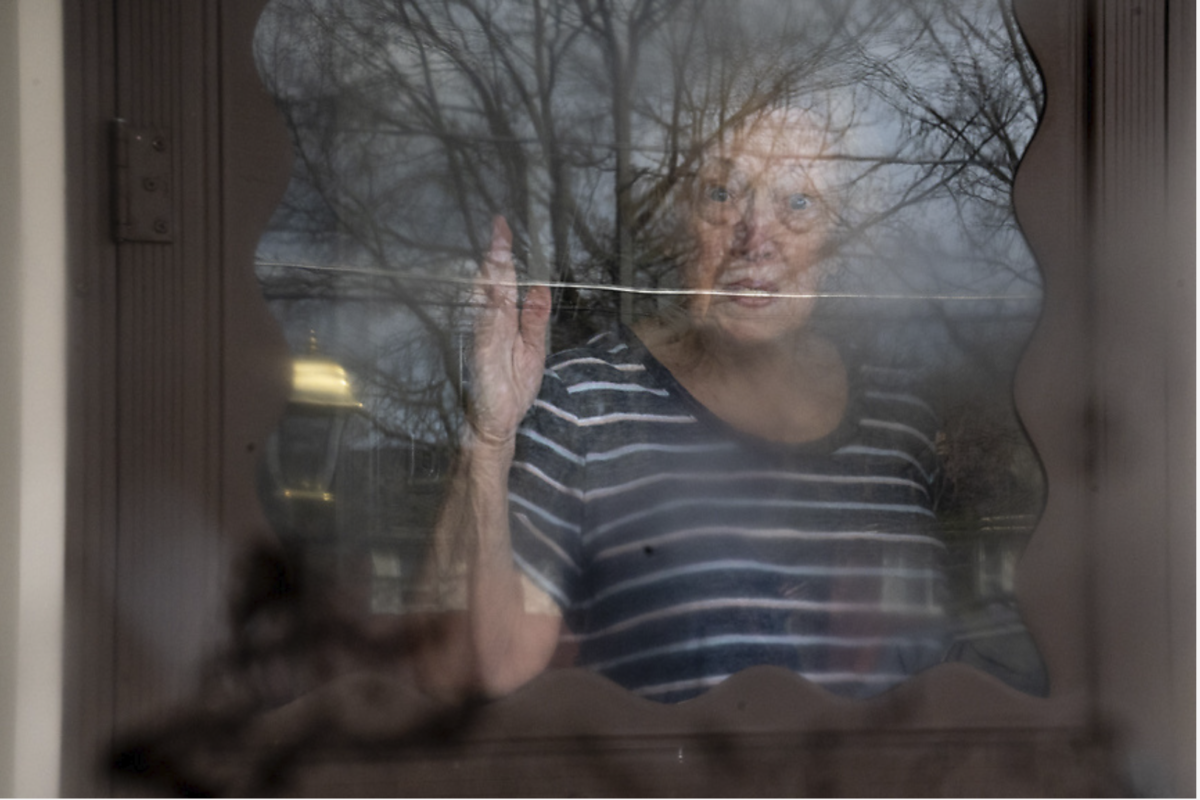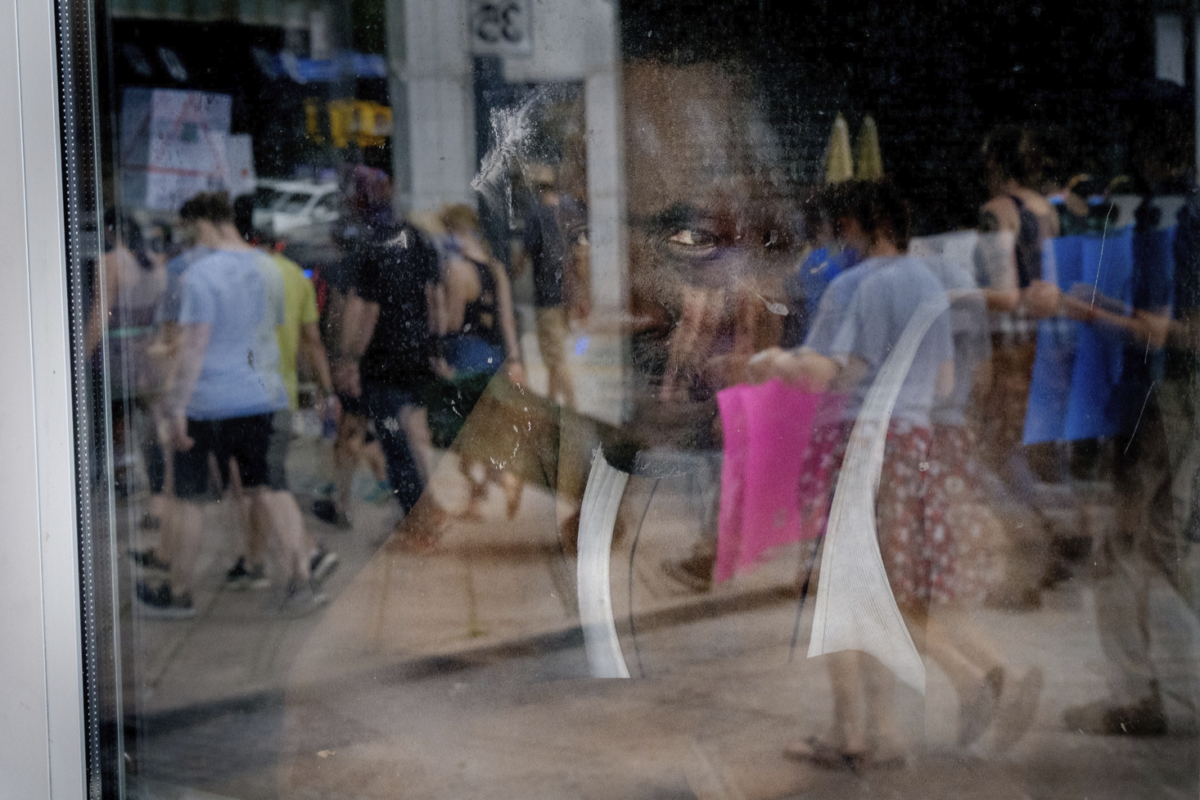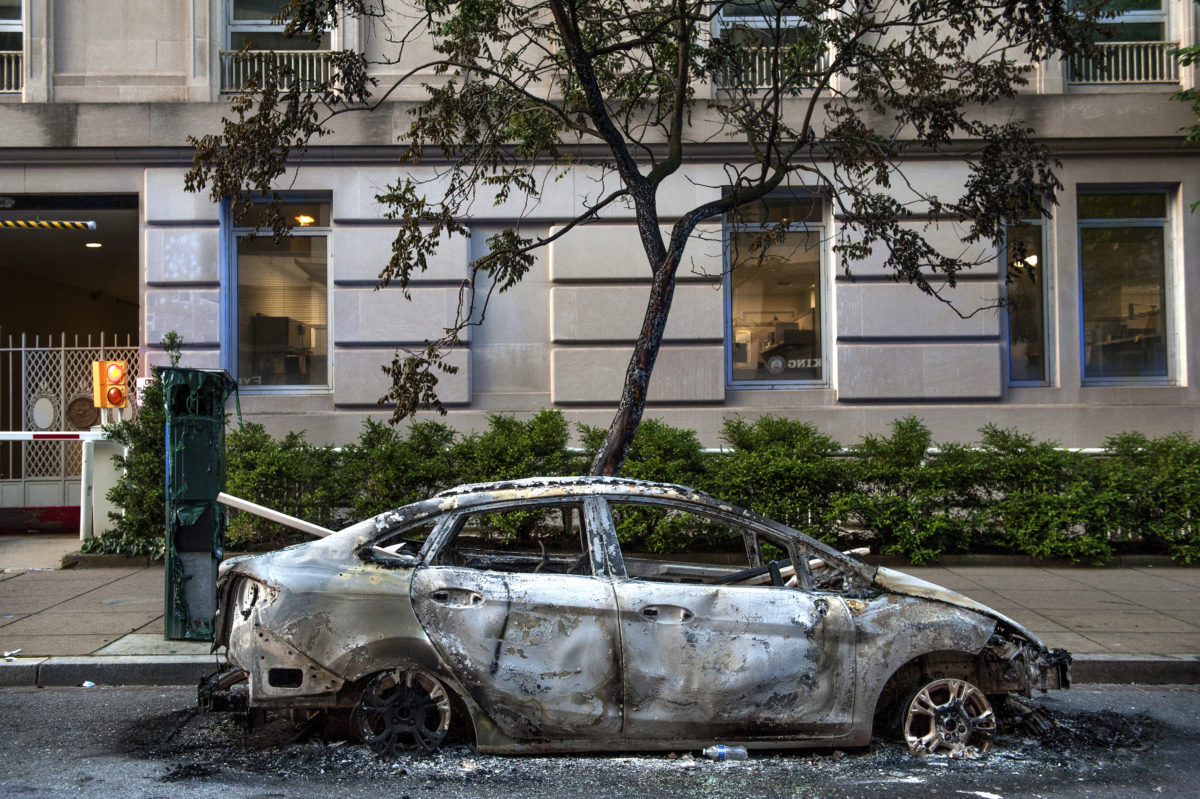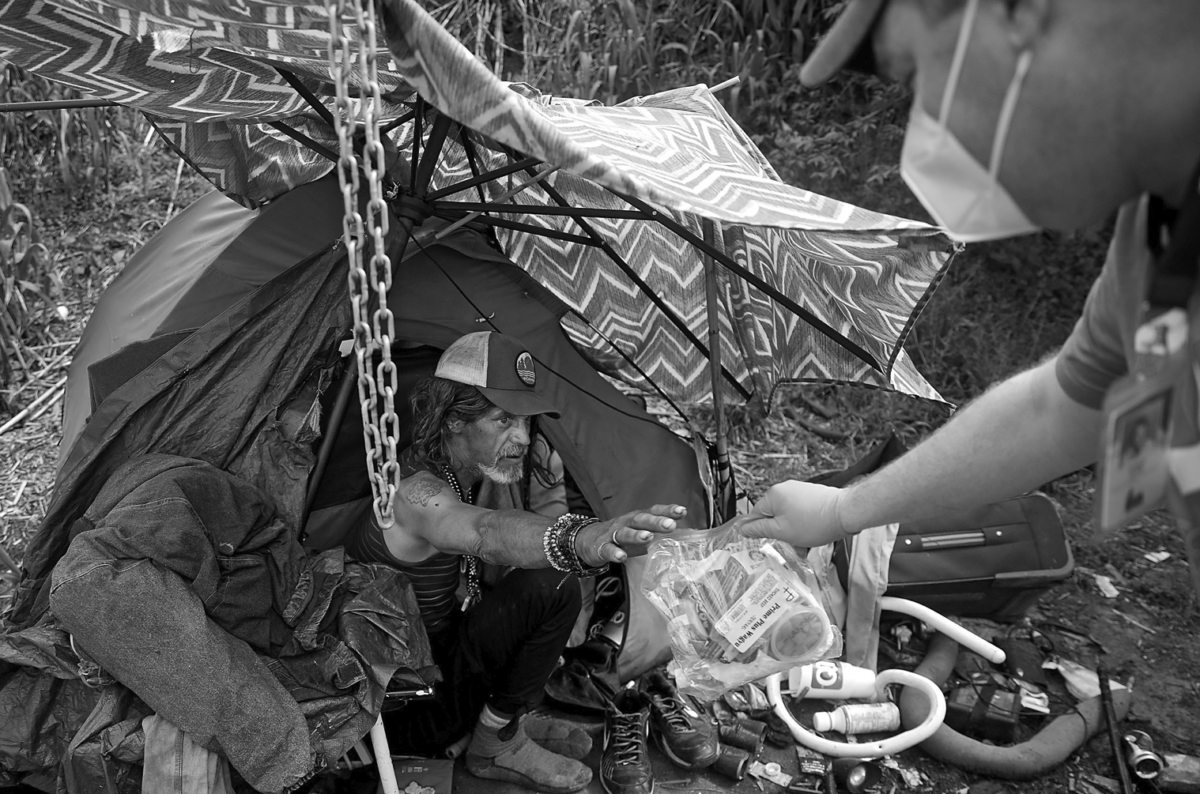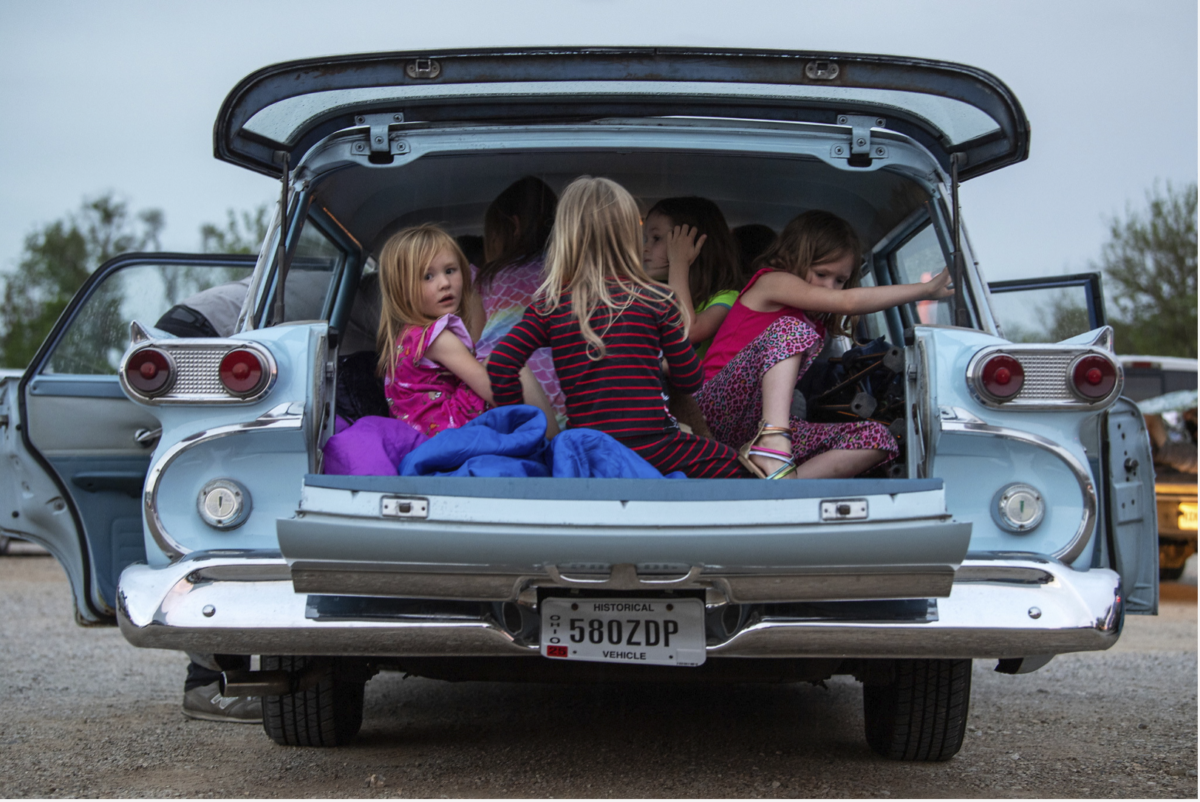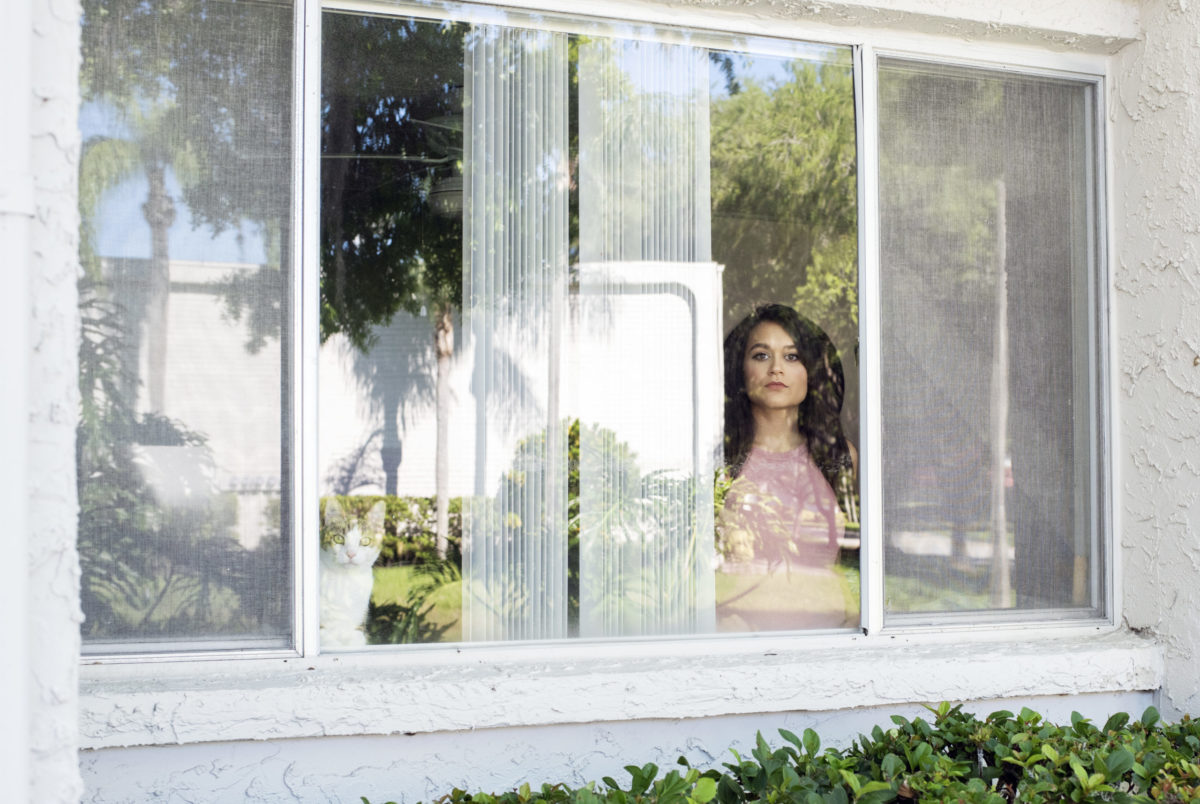A Collaboration Between
Boyd's Station and
American Reportage
ESSAY
Life and Death on a COVID Ward
Text and Photography by Gaelen Morse
Medical staff work tirelessly to save lives, one day at a time
As COVID-19 cases and deaths around Ohio continue to rise, staff on the COVID ICU floor of Mount Carmel Grove City Hospital work tirelessly to save the lives of their patients. It is here in this ward where the sickest of patients are treated. About half of the patients on this floor are intubated and sedated. Some patients will recover and eventually go home. Some of them are touch-and-go. Sadly, many people who end up here will die.
This reality, of life and death, is not new to any ICU. But the ways in which this virus has taken hold of the world, has changed not only how hospitals must operate, but it has left a lasting impression on the medical personnel who work here. On the surface of their skin, indentations are made from masks and a constant sheen from sweat and oil lingers on their faces.
What can be likened to the look of a thousand-yard stare glosses over their eyes by midday, but there is never a moment when their attention wanders. Time must be taken to don protective gear before entering any room, regardless if the patient is stable or coding. Gear must be removed and discarded or sanitized before and after exiting each room.
The deeper impressions go home with the staff. Throughout the day, difficult calls must be made to families explaining the options they have left. A nurse may end their shift one day having gotten to know a patient only to return for their next shift and discover their patient crashed in the middle of the night.
Hours are spent discussing oxygen levels, looking over EKG printouts, and simply watching patients to measure progress. This is not new to staff but the rate at which it is occurring is shocking. Despite this, there is still a constant uplifting chatter, smiles and laughs are exchanged between nurses and technicians as they do what anyone would do: discuss Netflix shows, joke about the quickly dwindling box of HoHos in the break room or groan with disappointment to find out their favorite person to work with is being moved elsewhere. Some nurses are embedded from other hospitals, even other states, but they seemingly fit right in with the team. The process repeats for 12 hours until a new shift rotates in, day in and day out.
The staggering rate of cases translate simply — there is an ever increasing amount of this exhausting work to be done. Medical staff in the ICU are trained for this, most are hardened, but they are human. The work has and will continue to take its toll, physically and emotionally. To them, it’s just another day. They’re used to it. To some of the public, it’s hard to fathom that daily burden.
“There are some nights where I feel like I just don’t want to go back,” ICU nurse Kyle Day said. “But I have to. I have to for my patients.”
Reflection
Every story comes with its challenges, whether they be technical, physical and emotional, ethical and moral. But the importance of some stories, such as this one, outweigh any challenges that may be involved in telling it.
For the better part of a year, hospitals have been inundated with COVID-19 patients, many of whom have not survived. The strain on the healthcare system in this country and its workers as they face this pandemic head on is a story every American should understand.
My hope, our hope, was for this story to reach people who may not truly comprehend what these nurses, doctors and technicians are facing on a daily basis, especially those working in COVID ICU units.
There is sobering effect to witnessing patients intubated, likely taking some of their last breaths. Seeing family members talking to their loved ones, saying goodbye to their loved ones, through video calls on electronic tablets instead of in person. It is not an easy image to see but one that I believe is important for all of us to witness to some degree.
After several hours following staff around this ICU floor in Columbus, I paused outside of a room where an elderly man was intubated and a doctor was on the phone. She looked worn down. Not worn out, but worn down. She was explaining to a relative that there was nothing much left they could do and it was time to start making end of life decisions.
I made a couple of pictures and then just listened. I don’t know if any picture, or words, or even video and audio, can truly get across the feeling of witnessing everything that happens on this floor.
By the end of the shift, I was exhausted, physically and emotionally. And I was only here for one day. I can only imagine the toll this takes on medical staff who are battling this virus and losing patients almost every day. As prepared for bad days as medical personnel can be. The length at which this routine has persisted is disheartening to say the least.
I was lucky enough to see a good day on the floor. The next day was a bad day. These nurses, technicians and doctors are the last faces, the last voices, that some patients are hearing before they pass away. There is no family nearby. COVID-19 is not a peaceful death.
Some stories come with challenges, the technical, physical and emotional, the ethical and moral. Some stories come with all of those challenges — those are the stories that matter most.
As of Dec. 23, 2020, The CDC confirmed 8,122 Ohioans have died from COVID-19 over the past seven days. Over that same week, 18,551 people died from COVID-19 across the United States. The number of cases in the country confirmed during that time period is 1,511,370.
More from the Project
Essay
Aloha Santa
essay
The Villages: Dueling Golf Cart Rallies
Donald Trump is popular in The Villages. This is evident with the amount of people that arrived at Lake Miona Recreation Center to participate in the golf cart parade. There’s not an accurate number for the amount of people who attended the event on September 23rd, but the oversized parking lot was packed to the brim with golf carts.
Essay
Eid-ul-Adha Sacrifice
Muslims in Hawaii celebrate Eid-ul-Adha by sacrificing cattle in the rural countryside – something that is unusual to find in Hawaii’s landscape. While this is a common ritual to find in a Muslim country on the Islamic holiday, it’s unusual in an isolated state like Hawaii.
ESSAY
Anchor Bar & Grill
SPONSOR
The work done by American Reportage and Boyd’s Station would not be possible without the generous support from PhotoShelter, the official provider of both organization’s archive systems – powered PhotoShelter for Brands.
ALL CONTENT ON THIS SITE IS PROTECTED BY UNITED STATES COPYRIGHT LAW
All photographs and text contained within AmericanReportage.com are copyrighted material and are presented for web browser viewing only.
All rights to images, video and text are reserved by the individual creators of the work.
No image or text contained within this site may be modified, published, transmitted, sold, reproduced, distributed, or displayed in whole or in part. without the prior written permission from the photographer or writer and American Reportage.
Using any image as the base for another illustration or graphic content, including photography, is a violation of copyright and intellectual property laws.
Violation of copyright is actively prosecuted.
AMERICA REIMAGINED
PROJECT CURATORS
Charlie Borst
Stephen Crowley
Cathaleen Curtiss
Nikki Kahn
Michael Keating
Molly Roberts

